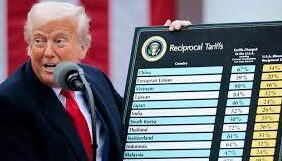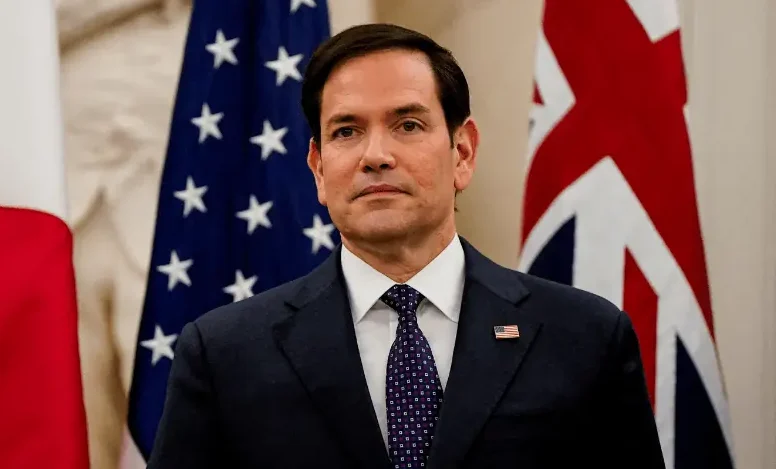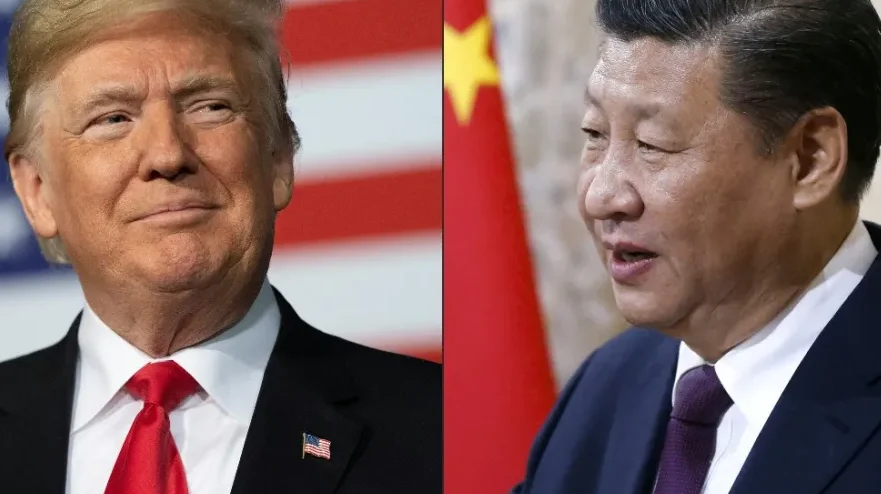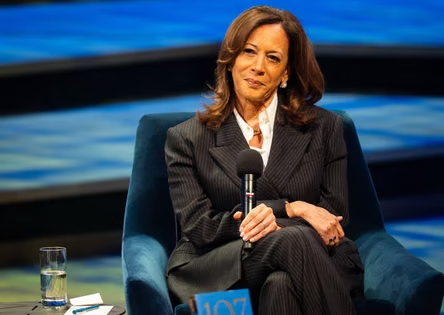A U.S. appeals court ruled Friday that most of Donald Trump’s tariffs are illegal, striking at the heart of one of his biggest economic tools.
The divided 7-4 ruling from the Federal Circuit Court of Appeals in Washington said the former president overstepped his authority by using emergency powers to impose broad trade tariffs. The court kept the tariffs in place until October 14 to give the Trump administration time to appeal to the Supreme Court.
The decision sets up what could be a major showdown at the Supreme Court, where Trump is already headed in another case over the independence of the Federal Reserve. Both battles could determine the future of his economic agenda.
Tariffs at the Center of Trump’s Policy
Trump has leaned heavily on tariffs during his second term, using them to pressure foreign governments and renegotiate trade deals. The levies have given the administration bargaining power but also rattled financial markets.
On Truth Social, Trump blasted the ruling as the work of a “highly partisan” court, warning that ending the tariffs would be a “total disaster for the Country.” He expressed confidence the Supreme Court will reverse the decision.
The case involved two sets of tariffs: one Trump called “reciprocal” tariffs imposed in April as part of his trade war, and another set in February against China, Canada, and Mexico. Judges appointed by Democratic presidents formed most of the majority, while Republican appointees made up most of the dissent.
Tariffs Trump imposed under other laws, such as those on steel and aluminum, were not affected.
Emergency Powers Tested
Trump had justified the tariffs using the International Emergency Economic Powers Act (IEEPA), a 1977 law that lets presidents take action during national emergencies. Past presidents used it mainly for sanctions or freezing foreign assets, not tariffs.
The appeals court said IEEPA doesn’t explicitly give presidents authority to impose tariffs, calling it unlikely that Congress intended to hand over unlimited trade powers.
Trump’s Justice Department argued that the law allows tariffs under provisions that let the president “regulate” imports. Trump declared a national emergency in April, citing America’s trade deficit and what he called threats to U.S. manufacturing and military strength. He also claimed tariffs against China, Canada, and Mexico were necessary because those countries weren’t doing enough to stop fentanyl from reaching the U.S. a claim they deny.
What’s Next
Experts say the ruling didn’t come as a surprise. William Reinsch, a former Commerce Department official, noted the administration had long been preparing a “Plan B” to preserve the tariffs under different laws.
Markets showed little immediate reaction, but analysts warned the decision adds uncertainty for businesses. “The last thing corporate America needs is more uncertainty on trade,” said Art Hogan, chief market strategist at B. Riley Wealth.
Meanwhile, Trump’s push to oust Federal Reserve Governor Lisa Cook is also expected to reach the Supreme Court, raising questions about whether the justices will uphold his sweeping interpretation of presidential powers.
“This could put Trump’s entire economic agenda on a collision course with the Supreme Court,” said Josh Lipsky of the Atlantic Council. “It’s unlike anything we’ve seen before.”
The appeals court ruling grew out of lawsuits from small businesses and Democratic-led states, who argued Congress not the president has the constitutional authority to set tariffs. Lower courts have already struck down Trump’s moves, and at least eight lawsuits are now challenging his tariff policies.






